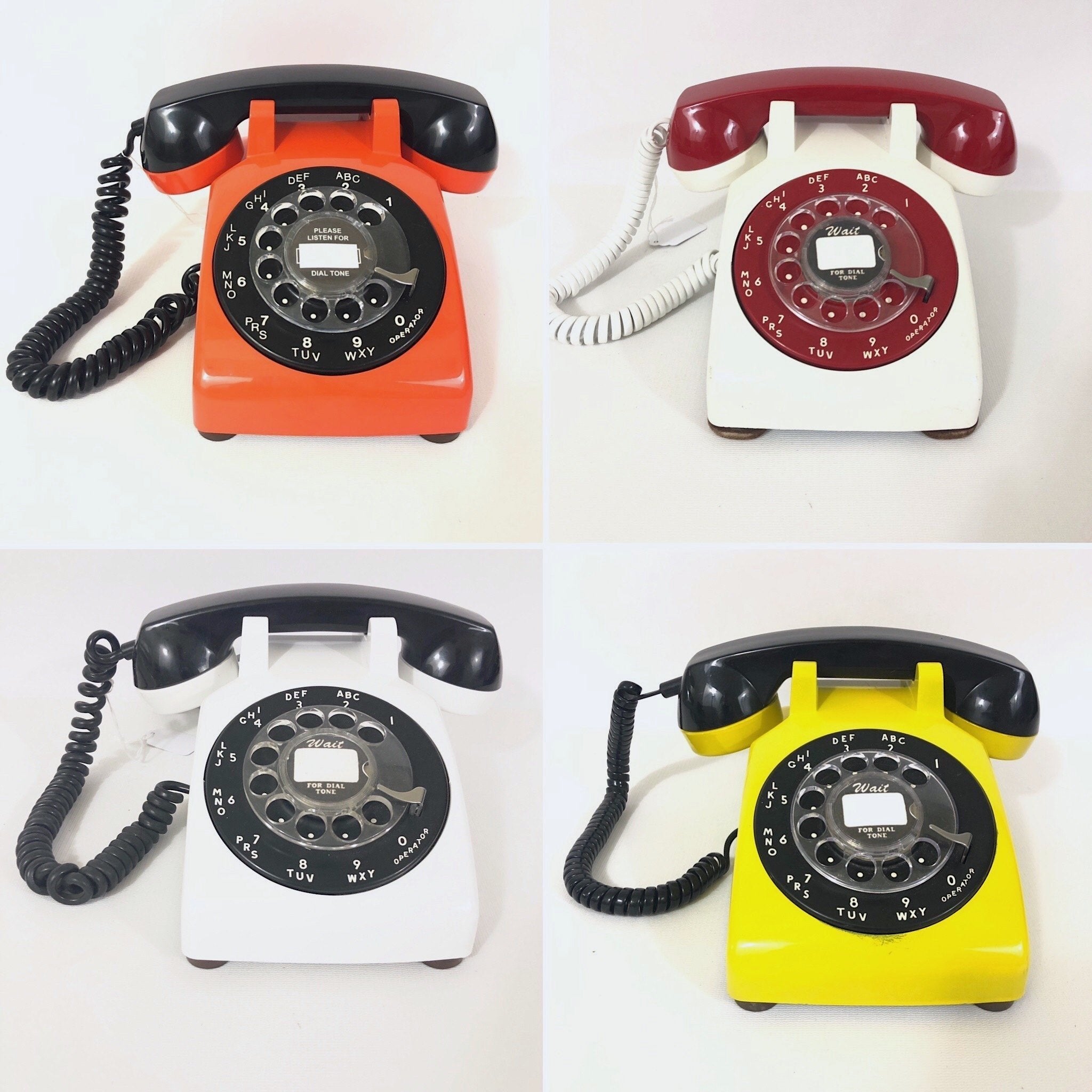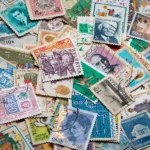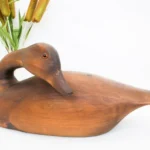
Open Daily 10am - 5pm
12,000sq.ft. of amazing items!
Free and easy parking!

Today it’s hard to imagine life before the telephone. Yes, there were telegraphs that provided some degree of timely news but there was a significant cost, inconvenience, and lack of privacy in communicating that way. First, one had to find one’s way to a telegraph exchange, usually in a railway station or post office. There the message would be written out by hand with the sender keeping in mind that each word cost money and assorted strangers would be reading it along its route. Once composed, the missive would be submitted along with the appropriate payment where it would await its turn to be converted to dots and dashes and finally put on the wire. After several relays, some more timely than others, it would arrive at its destination only to be converted back to letters and numbers and await pick-up by its recipient. That’s a hard way to send a birthday greeting.
While Alexander Graham Bell is widely celebrated as the inventor of the telephone in 1876, several other researchers arrived at similar solutions at about the same time. Indeed, telephone-like devices first appeared before the Civil War and there is evidence to suggest Bell stole some or all of his invention’s underpinnings from others. Nonetheless, he was the first to receive an American patent for what would become one of the most ubiquitous devices of modern life.
Things moved quickly from there. At first, two linked telephones were configured to provide point-to-point communication from, say, home to office, but the development of the switchboard in 1878 allowed for the connection of two unrelated devices. Telephone exchanges sprang up shortly thereafter, funded by monthly fees charged to subscribers just like today. Long-distance calls were suddenly a reality with the first coast-to-coast call taking place in 1915 and the inaugural transatlantic call just a dozen years later. Within the space of four decades, the world had become a much smaller place.
In terms of collecting, the earliest phones were wall-mounted and made of wood. A manual crank on the side would summon the exchange operator and a series of cables would close the circuit. All made by hand, these earliest of phones were still in use at the end of WWII but have since never generated much of a following among collectors. The first desk telephones were the so-called candlesticks, familiar to any moviegoer with a passion for gangster flicks. Those can still be made to work and remain highly sought, especially those with nickel plating. By the 1930s, candlesticks had been replaced by the classic desk phone that remains a vivid living memory for millions of users. In particular, the Western Electric 202 (1930s), 302 (1940s-’50s), and 500 (1960s-’70s) phones all recall a simpler pre-digital era.
Telephone enthusiasts of today have a wide range of avenues to pursue. Collections can be assembled by color, era, maker, market, purpose, or any number of other categories. Many related areas of interest exist as well: instruction manuals, phone books, signage, even bugging devices. The Antique Telephone Collectors Association and Telephone Collectors International are but two groups of passionate collectors that provide an enormous range of networking opportunities and are welcoming to new members. Much additional information exists online.
Other than highly ornamented phones or those associated with prominent personalities, collecting telephones and related paraphernalia is among the most budget-friendly of hobbies. Flea markets and garage sales will often yield some remarkable instruments at modest cost, and there are phone restoration experts out there that can make almost any handset workable again. That I-Thing in your pocket might do the job, but I can’t imagine too many collectors for those in the years to come. In this space, the old world is much more appealing than the new.





We’ll email you about the latest events, sales, and general store updates.

Our antique gallery is located just south of downtown Palm Springs, with free parking and air conditioning throughout.
Open Daily: 10am – 5pm
505 E Industrial Pl.
Palm Springs, CA 92264
© Copyright Antique Galleries of Palm Springs 2024